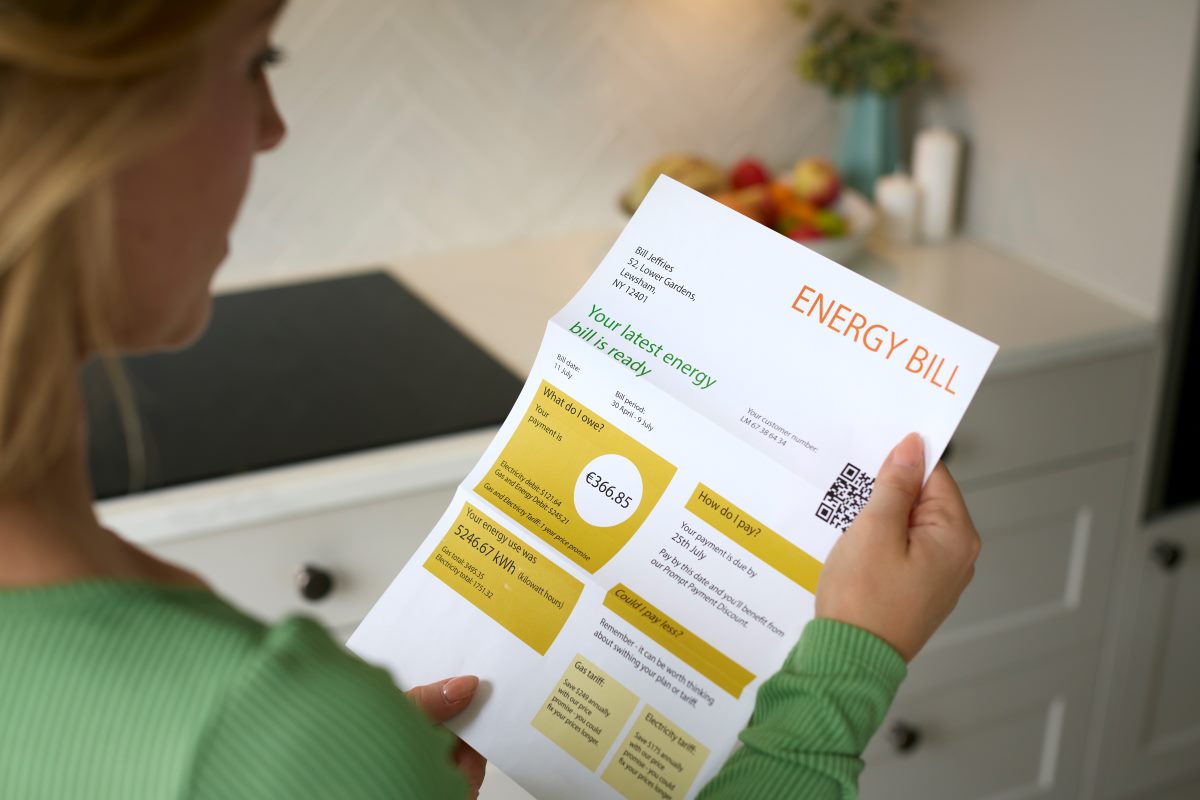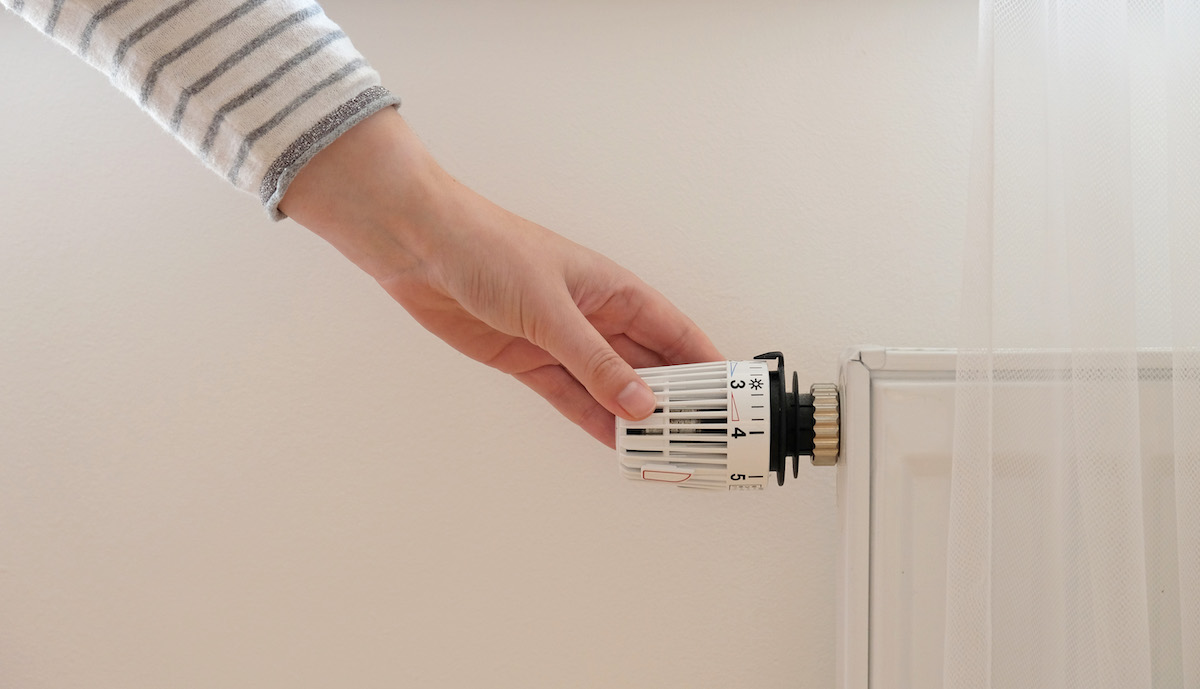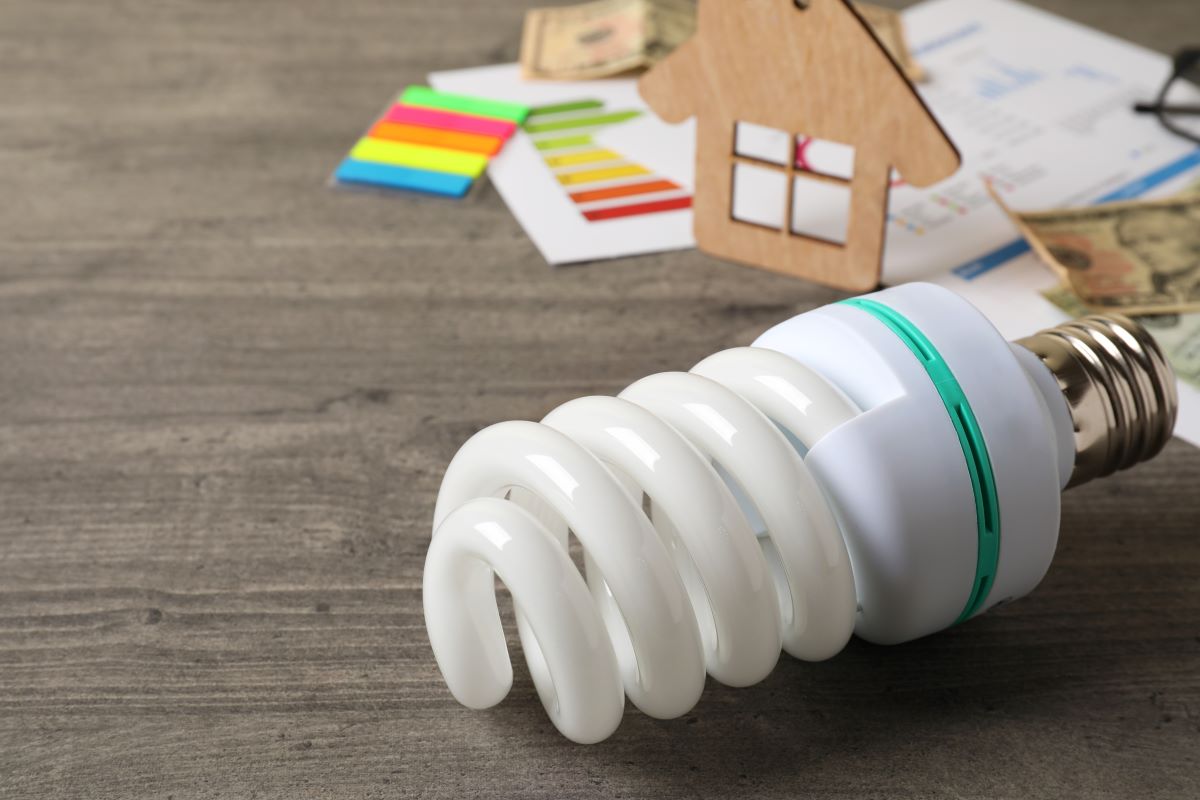We all want our homes to be as energy-efficient as possible. Energy efficiency reduces your energy output, saves you money and helps protect the planet at the same time. However, there are several home energy efficiency mistakes you might be making without even realizing it.
Not Having a Home Energy Evaluation Done on Your Home
Table of contents [Show]
- Not Having a Home Energy Evaluation Done on Your Home
- Skimping on Insulation
- Running an Inefficient HVAC System
- Ignoring Air Gaps
- Using Old, Inefficient Bulbs
- Keeping Blinds and Curtains Closed on Sunny Winter Days
- Leaving Blinds and Curtains Open in Summer
- Leaving Appliances Plugged In
- Keeping Your Thermostat at the Wrong Temperature
- Taking Long Showers with an Inefficient Showerhead
- Conclusion: Many Easy Mistakes to Make
Not having an energy evaluation done on your home is an energy efficiency mistake you may be making. Home energy evaluation are vital as they tell you how efficient your home is and where you can make improvements. Understanding how much energy you use and where you can make upgrades is the first step in improving your home’s energy efficiency.
The new Canada Greener Homes Grant provides homeowners with up to $5,000 in grants to pay for home energy efficiency upgrades. Greensaver can get you started with an EnerGuide Home Energy Evaluation with one of our certified advisors. Read about the program here.
Also, discover everything you need to know about home energy evaluations by reading our insight.
Skimping on Insulation
Skimping on insulation is another energy efficiency mistake you may be making. Poorly insulated homes leak hot air in winter and cold air in summer. This leakage forces you to run your heating and cooling systems for longer to maintain a comfortable home temperature.
Upgrading or replacing your insulations is expensive upfront but will save you energy and money in the long run. The Environmental Protection Agency estimates that homeowners can save 15% on their heating and cooling costs by correctly insulating attics, floors, crawl spaces, and basements.
To learn more about the different types of insulation on offer, read our guide to insulation.
Also, two of the energy conservation programs we deliver – the Energy Affordability Program and the Home Winterproofing Program – offer free insulation upgrades to income-eligible customers. If you do not qualify for the programs, our home energy experts can also upgrade your home’s insulation. Visit our website to receive a free quote today.
Running an Inefficient HVAC System
You might be making another home energy mistake running an inefficient Heating, Ventilation and Air Conditioning (HVAC) system. One common issue that causes an HVAC system to run inefficiently is dirty filters. Cleaning or replacing a dirty, clogged filter can lower energy consumption by 5-15%. Not doing so will eventually cause the system to overheat and break down.
If, after cleaning the filters, your air conditioner still emits loud noises and your energy bills are still high, it may be time for a replacement. Make sure to go for an Energy Star certified model, which guarantees the highest level of energy efficiency available. Modern Energy Star air conditioners use 30-40% less energy than similar models sold 10-15 years ago.
Also, pay attention to the EnerGuide label, which shows a product’s energy performance based on Canada’s Energy Efficiency Regulations.
Ignoring Air Gaps
It is essential to seal all air gaps to make your home as energy-efficient as possible. Air leaks let cold air out and warm air in, forcing your HVAC system to work harder, using more energy.
Our Home Insulation and Retrofit Services team can provide draftproofing to plug such leaks and make your home more energy-efficient. Visit our website to receive a free quote today.
Additionally, Greensaver is the delivery agent for two programs that offer such services for free to eligible customers – the Energy Affordability Program and the Home Winterproofing Program.
Using Old, Inefficient Bulbs
Using old, inefficient bulbs is another energy efficiency mistake that you might be making. Instead of incandescent bulbs or CFLs, you should use LED lightbulbs, which are the most energy-efficient lightbulbs on the market today. LEDs consume significantly less energy than both incandescent and Compact Fluorescent Lightbulbs (CFLs). This increased efficiency is because LEDs emit no heat. In contrast, CFLs and incandescent releases between 80 and 90% of their energy as heat.
While LED lightbulbs cost more upfront than CFLs and incandescent bulbs, they are the more cost-effective option. Based on two hours a day of usage, at an electricity rate of 15 cents per kWh, LEDs have an annual energy cost of $1.32, compared to $6.34 for incandescent bulbs and $1.59 for CFLs. Also, LEDs have a rated life of up to 50,000 hours, which is around 50 times longer than incandescent bulbs and 8-10 times longer than the typical CFL.
There are many different types of LED bulbs available on the market. To help you choose the correct bulbs for your needs, read our detailed article on LED lightbulbs.
Also, the Energy Affordability Program, which we deliver on behalf of Save On Energy, offers free LED lightbulbs to eligible participants.
Keeping Blinds and Curtains Closed on Sunny Winter Days
Another energy-efficiency mistake you might be making is keeping blinds and curtains closed in winter. An easy way to save energy in winter is to leave blinds and curtains open on south-facing windows. Having the sun streaming through the windows warms the room naturally and reduces the burden on your heating system.
Leaving Blinds and Curtains Open in Summer
Another energy-efficiency mistake you may be making is leaving blinds and curtains open in summer. During the warmer seasons, sun streaming through windows will heat rooms and cause your air conditioner to work harder to maintain a cold temperature. Therefore, keeping sunlight out will reduce the burden on your air conditioner and save energy.
Leaving Appliances Plugged In
Leaving appliances plugged in is a common energy efficiency mistake that people make. Home appliances, when plugged in, draw power even when they are off. This power is known as phantom power and can account for up to 10% of a home’s energy use.
Keeping Your Thermostat at the Wrong Temperature
Another common home energy efficiency mistake is keeping your thermostat at the wrong temperature. People often keep their thermostat unnecessarily high in winter to heat their home, unnecessarily low in summer to keep it cool, which wastes energy. The optimum home temperature is 20°C in winter, while it is 25.5°C in summer.
Taking Long Showers with an Inefficient Showerhead
One of the simplest ways to save energy at home is to take shorter showers. For instance, by lowering your daily shower time by just one minute, you could conserve enough water to save $30 annually.
Also, another home energy efficiency mistake you might be making is not using a low-flow showerhead. The average Canadian family could save 42,340 litres of water and 1180 kWh of power annually by installing a high-quality, low-flow showerhead. Such showerheads can cost as little as $8 from home hardware stores.
Thankfully, this saving doesn’t come at the expense of comfort. Studies have shown no reduction in comfort and cleanliness compared to conventional models.
The Energy Affordability Program, which we deliver on behalf of Save On Energy, offers low-flow showerheads free of charge to those who qualify.
Conclusion: Many Easy Mistakes to Make
In conclusion, several easy mistakes can waste energy and cost you money. By rectifying some or all of the errors detailed above, you will make your home more energy-efficient and comfortable living in.




